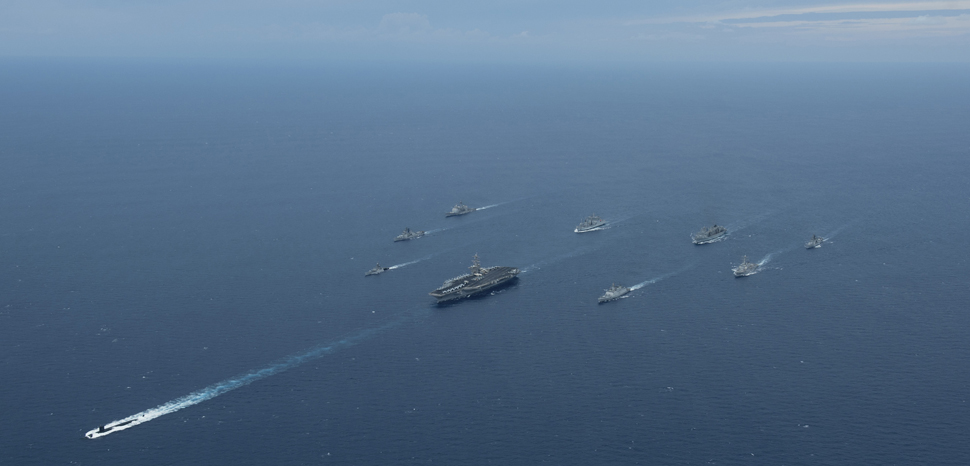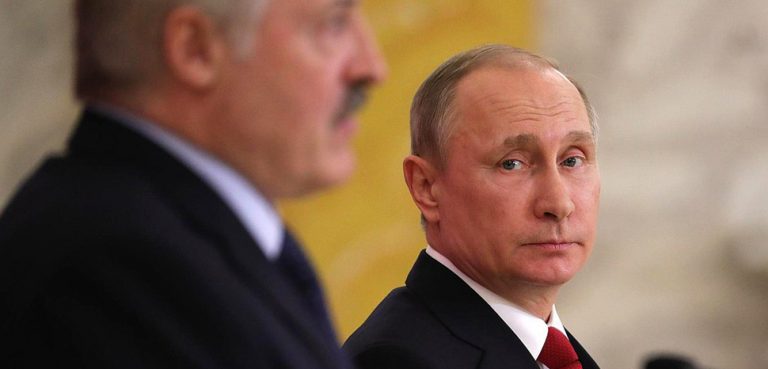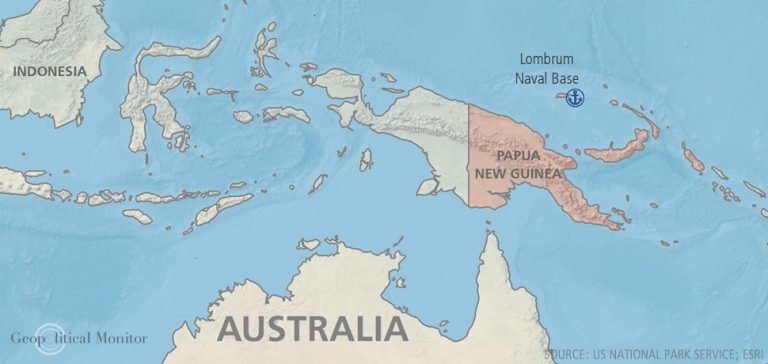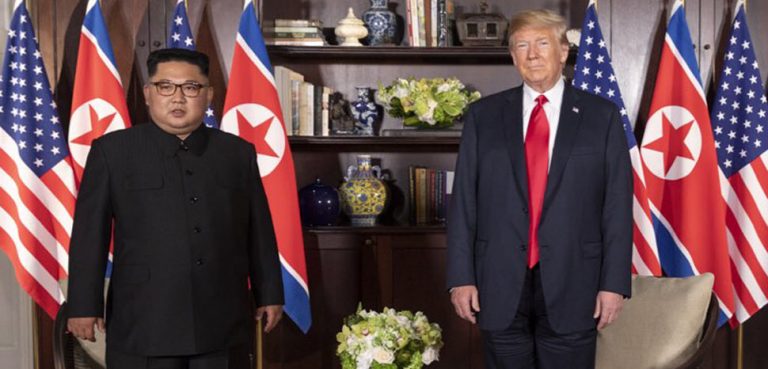Summary
The concept of the Quadrilateral Security Dialogue (Quad) did not emerge in a vacuum. The four democracies in the Indo-Pacific—India, United States, Australia, and Japan—were brought together during the 2004 Sumatra-Andaman Earthquake that devastated some of the counties in the region. Though the Quad did not come into being until 2007, the humanitarian relief efforts during the 2004 disaster demonstrated the impeccable coordination capacity of the partner-states. Nonetheless, forming in 2007, the dialogue fell apart shortly after due to several reasons including domestic developments in Australia and Japan. It was not until 2017 when the four democracies revived Quad 2.0, this time encouraged primarily by the United States. Despite these promising developments, doubts over the long-term sustainability of the dialogue persist. In fact, the participating states harbor major differences when it comes to addressing China’s rise as well as preserving the rule-based order in the region. This is particularly a problem with India and Australia.




